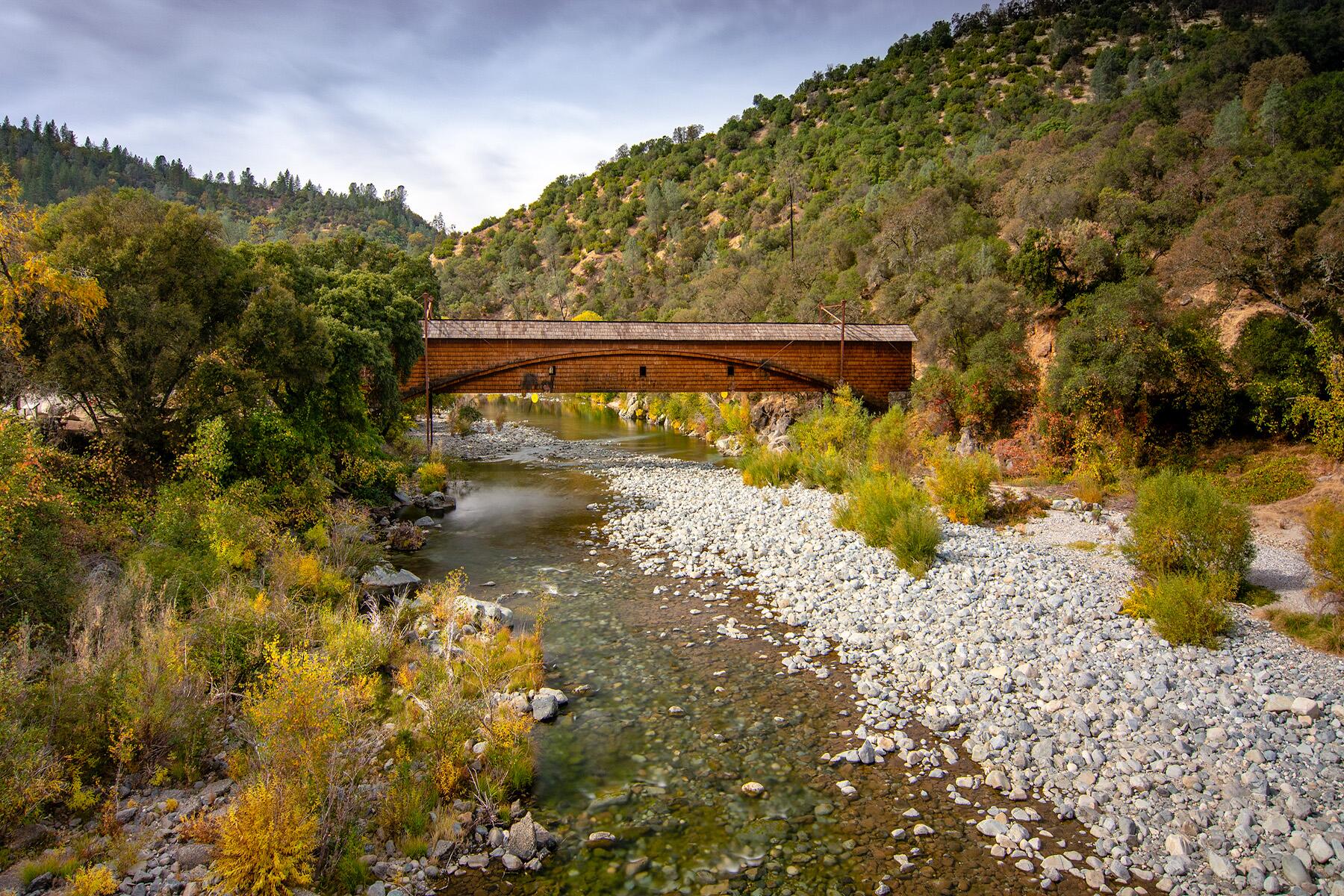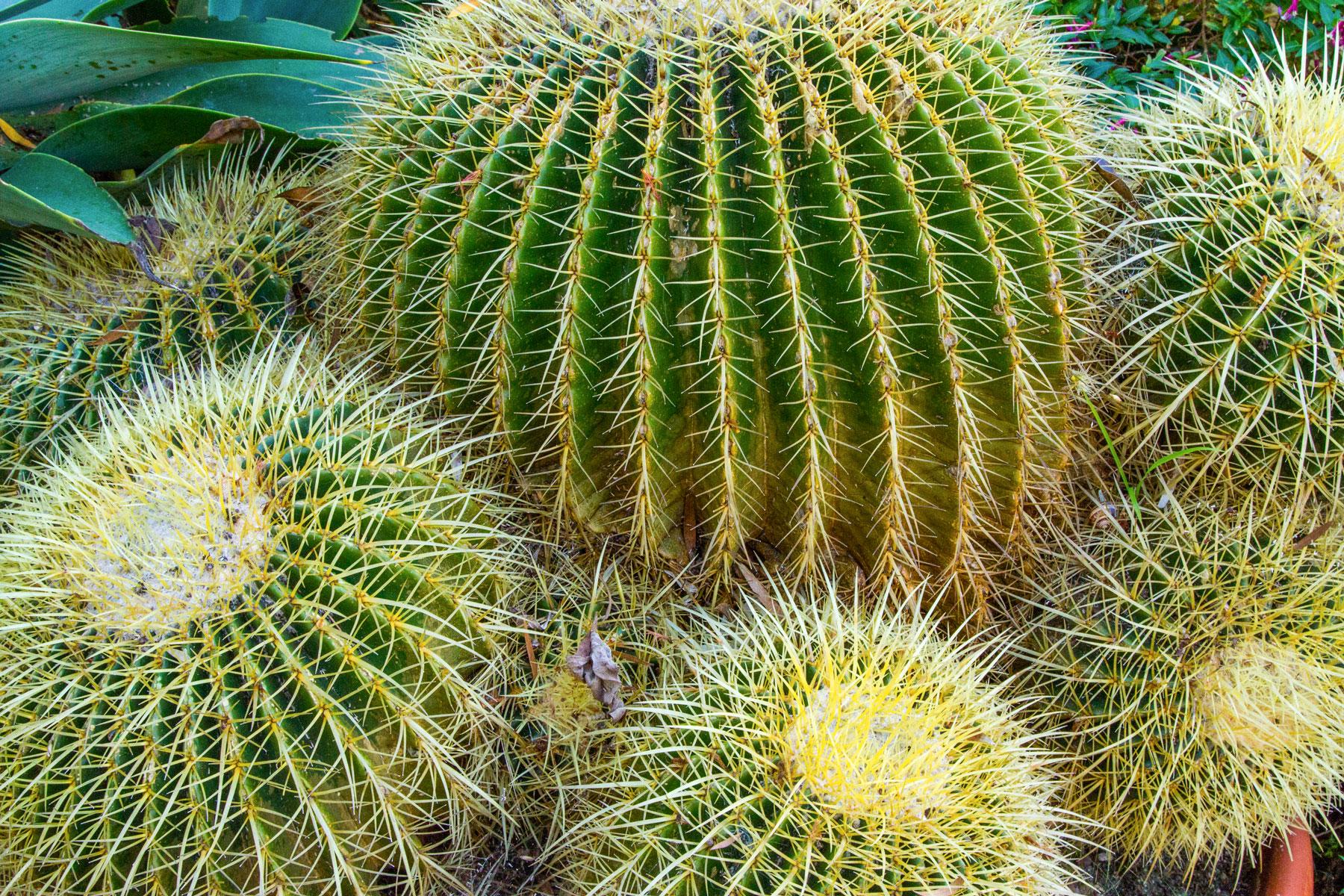For every person who sees a spiny, green menace, there are legions more who see an exotic beauty that produces flowers as showy as the loveliest of roses and orchids.
Was there ever a plant so ugly and ornery as the cactus? Take the creeping devil cactus, which looks to have crawled out of Night of the Living Dead. Or the horse crippler cactus, with its fearsome little daggers. And beware the bunny ears cactus, whose hairlike spines can cause stabbing sensations and swelling. A cactus’ thick, waxy skin and sharp spines are simply the plant’s way of fending off predators and surviving in an environment of scorching sun, pitiless heat and lack of water. And beauty is in the eye of the beholder. The cactus family encompasses some 2,500 species, whose natural distribution extends from southern Canada through to Central America and the West Indies, and deep into South America. If you’re in cactus country, or visiting a garden or nursery anywhere in the world, keep an eye out for these unusual species. Some might be homely or vicious. But it’s a mean world out there, and a cactus is just trying to survive.




